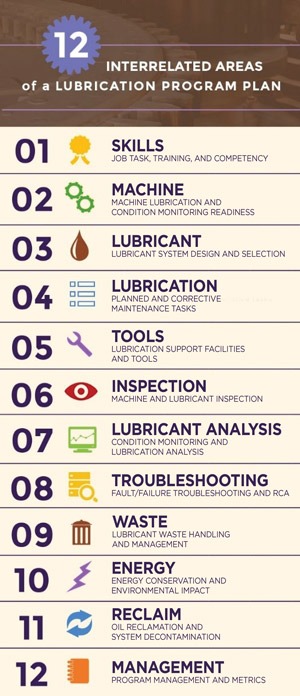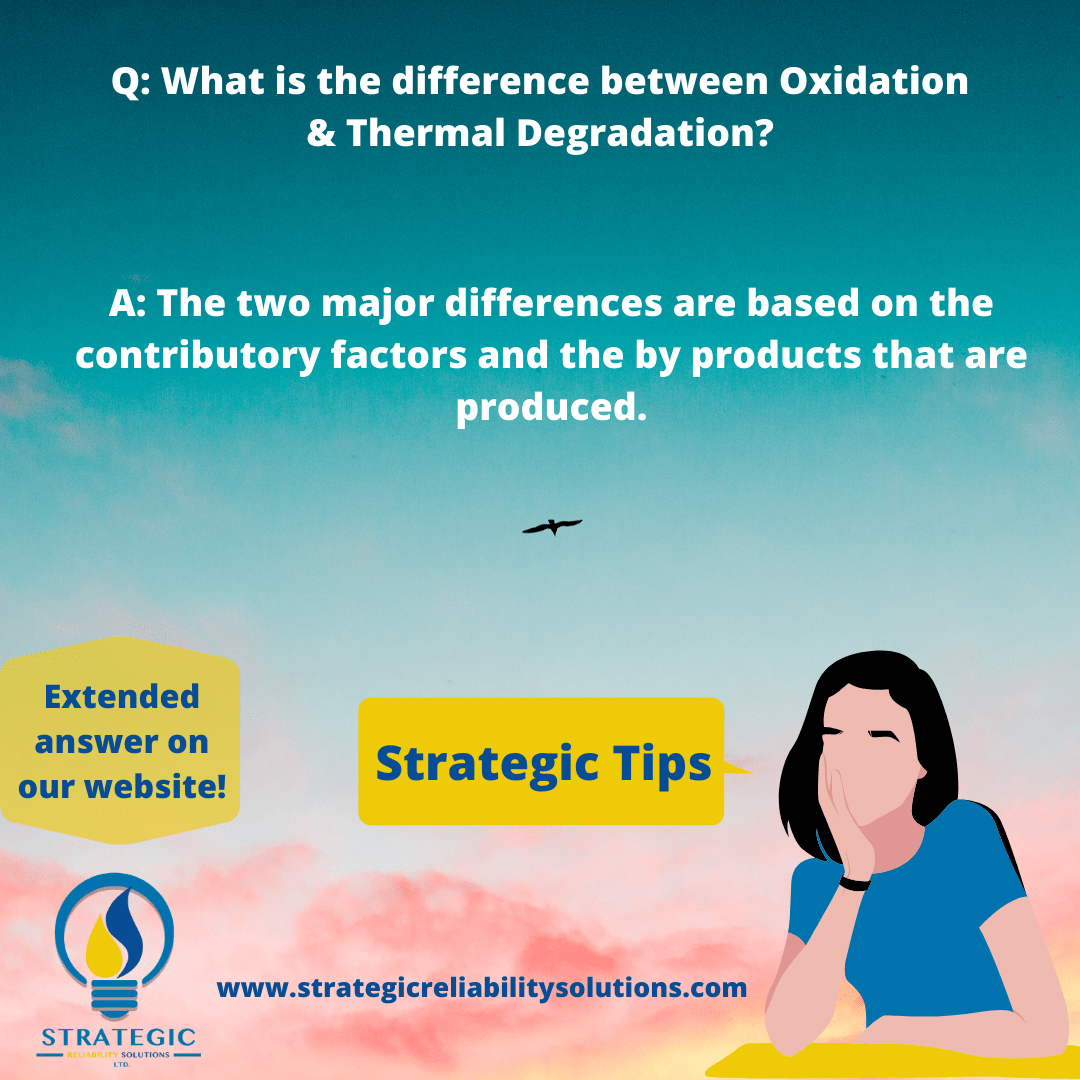
Why use multigrade instead of monograde oils?
A monograde oil does not provide the same level of protection on start-up as a multigrade oil.
With the multigrade oil, it is designed to reduce the time it takes to get from the bottom of the sump to the top of the engine (this is indicated by the number in front of the “w”).
However, the monograde oils have not been adapted for this type of technology. Thus, it takes longer to get to the top of the engine and to all the components compared to a multigrade oil.
Most wear occurs on start-up. Before we start the car on a morning, all of the oil is at the bottom of the sump, so it takes some time to get to the top and the other components. However, once we start the engine, all the parts will begin moving. If they are moving without any lubrication, then a significant amount of wear will occur!
Typically, when driving, we start the car, go to our destination and stop. Then come back and start the car again. During this time, the oil would have drained back to the bottom of the sump and now has to get back to the top. Before it gets to the components, these are still moving without lubrication, inducing wear! If we think of the number of times that we start and stop for the day (or for the month!), we will realize the amount of wear that we put our engines through.
Hence, this is one of the main reasons, that we choose multigrades over monogrades.
Written by Sanya Mathura, CEO & Founder of Strategic Reliability Solutions Ltd.


















